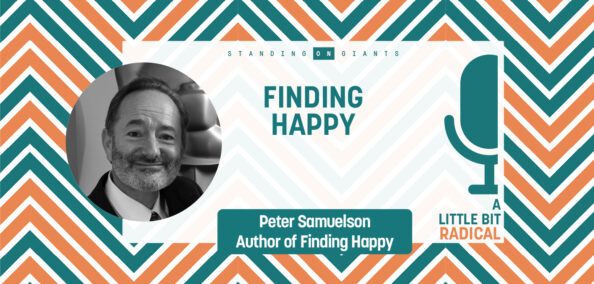This is a post from the Standing on Giants archive by Hazel Fletcher. Visit our blog page for our latest posts.
Most of us have heard the phrase ‘the more the merrier’ and that holds true for our Online Forums. Increasing community engagement leads to heavily involved members that “spend up to ten times more than an average customer.” (How to Increase Sales by Vincent Boon) The more members in your Community – the more relationships, connections, ideas, content, and yes – higher levels of awareness, investment and loyalty in your Brand. A powerful way to support and build this engagement is through a Data Driven Strategy (DDS).
Assess Your Options For Community Engagement
There are a few ways you can start digging into your data – ideally your platform will have a way to automatically track them and this would be the most easily accessible guide to your analytics. Most community platforms provide metrics and you should check out Standing on Giant’s Platform solution made by Community Managers for Community Managers. If you’re a lucky puppy you might also have access to a Business Intelligence team within your company – which can provide you with more incremental information like location, age, account usage and other specifics depending on what your company does. I’ve been at a meet-up where the host talked about getting metrics and information manually – this is a real labour of love, and if there are other options, check them out, however at the end of the day, the value of gathering data far outweighs guessing what does and doesn’t work in your community.
Segment Your Member Base
A previous project of mine increased engagement in our Community by 282% year on year when we moved to ‘targeted communications’ or more plainly, stopped spamming and made our discussions with members more relevant to them; their needs, activity and style. This was achieved through segmenting our members by interest. Here are a few other ways you can segment your members;
Length on Community
The most common group within this is ‘Newcomers’ to your forums.
Activity
As much as you focus on your Readers (or Lurkers), and Supers (Most active members) – look at those members just below your threshold for considering a member a ‘Super’, and even more attention to those who were Supers or Readers 1 – 3 months ago but are no longer.
Sub-segment
You probably have members who enjoy hanging out in one of your subforums more than the others, and in fact, those sub forms might have activities specific to them. For instance, in an Ideas Forum, you’ll have voters, posters, readers and sharers – these will be completely different to your members in a General Discussion forum who could be debaters, gamers or picture people. It’s up to you how detailed you go.
Age
Knowing a members age can increase the likelihood of what life point they are at – buying their first car, university, flat-sharing, marrying or retirement can be loose clues of what someone will be interested in.
Different Types Of Community Engagement
After brainstorming your segments, make a few notes on each one about what level of engagement is best to contact them about.
Frequent Attention to Results and Value
If you had all the time in the world, you still wouldn’t want to spend your time on projects and messages which aren’t benefitting anyone. If you’re working on a task without knowing how well it did last time, start tracking your results or drop the task. By identifying your member journeys through their segments (not all segments will have a journey), you can track the amount of members joining, staying and leaving them which will highlight spots for improvement in your engagement strategy.
Colonel John Boyd penned the OODA loop which stands for Observe, Orient, Decide, Act – originally used in warfare, it’s now being used elsewhere as good business practice, ensuring you’re lean and always on top of your game. Using data isn’t about forgetting the people behind the numbers, but highlighting them to build a better Community. For further essential reading, ‘Must-Know Tips to Measure Customer Engagement’ by Carla Arend teaches you about ‘Level of Engagement’ and ‘Kind of Engagement’ for the perfect scenario for an optimum Customer Engagement Strategy.
Get digging!




